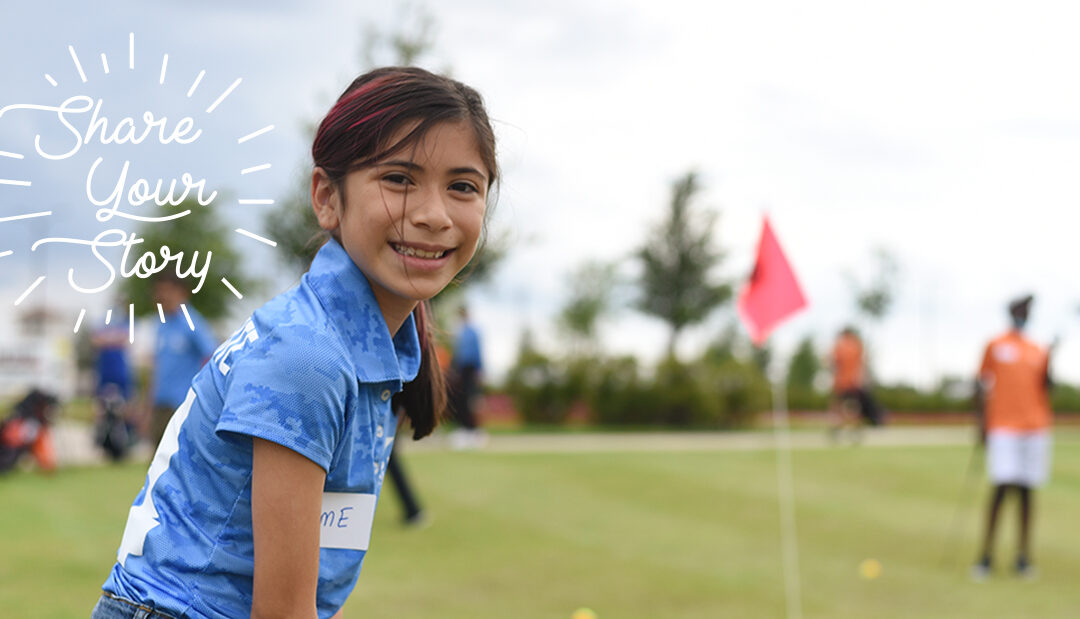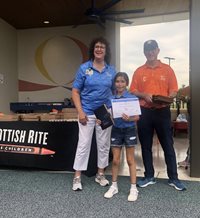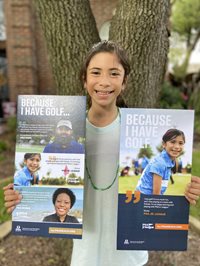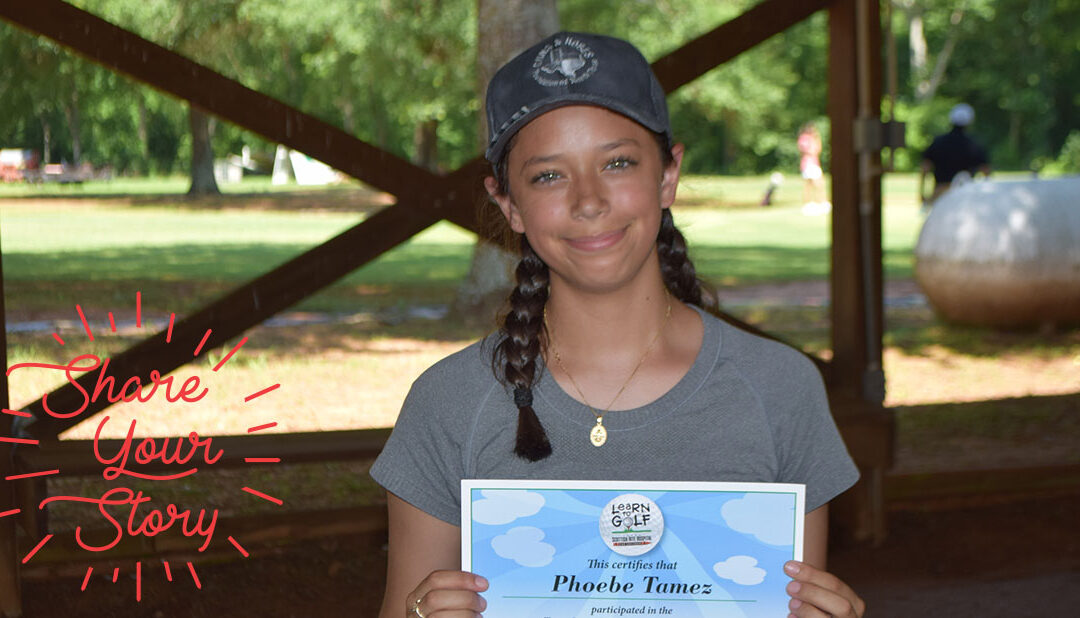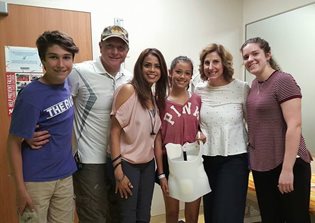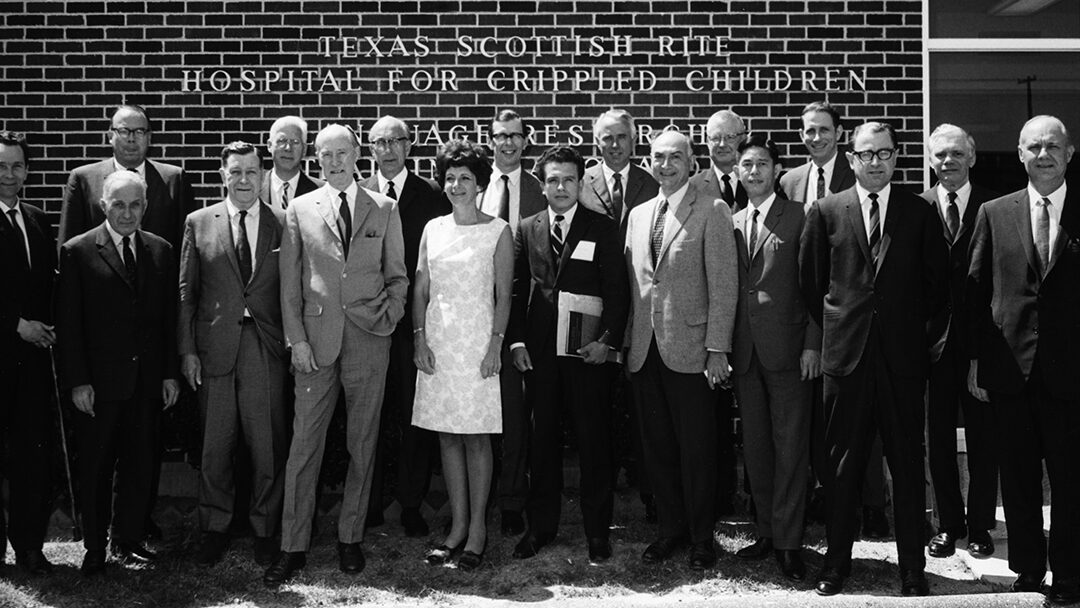Over 50 years ago, the Luke Waites Center for Dyslexia & Learning Disorders was established to provide treatment and guidance to children with learning disorders.
This week, the hospital is celebrating the 50th anniversary of the World Federation of Neurology’s meeting which formulated the first consensus definition of Dyslexia. In April of 1968, the first meeting of the World Federation of Neurology’s Research Group on Developmental Dyslexia and World Illiteracy took place at Scottish Rite Hospital. Below is the definition that was approved by the group in 1968:
Specific Development Dyslexia
A disorder manifested by difficulty in learning to ready despite conventional instruction, adequate intelligence, and socio-cultural opportunity. It is dependent upon fundamental cognitive disabilities which are frequently of constitutional origin.
Throughout the decades, the Luke Waites Center for Dyslexia & Learning Disorders has grown to become the premier learning facility for both children diagnosed with a learning disorder and therapists in training. Director of the Center Gladys Kolenovsky, has witnessed the impact this group of experts has made on this patient population. “Since the beginning, we have been dedicated to giving children with dyslexia the tools and confidence to be successful both in school and in life,” says Kolenvosky. “As we embark on this 50-year milestone, it gives us a moment to reflect and give thanks to the group who gathered to define dyslexia and from that day has enhanced the care for these children.”
Learn more about the Luke Waites Center for Dyslexia & Learning Disorders Center.
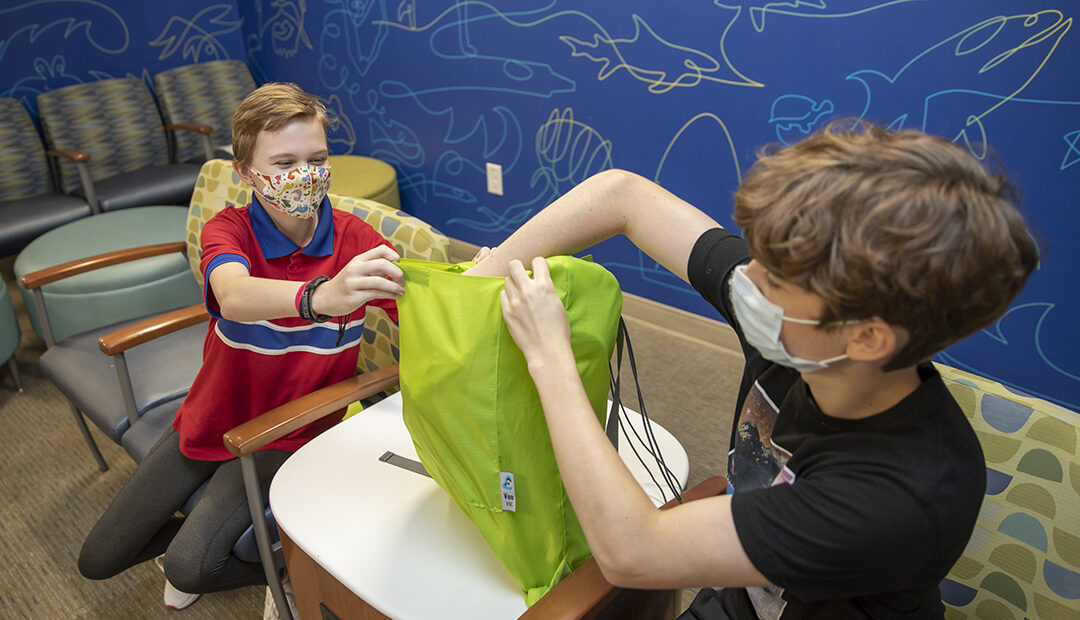
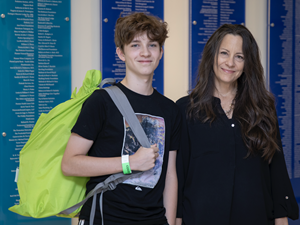 Compelled to help her daughter, Jennifer asked a seamstress friend to make Eva a couple of specially designed backpacks to use for school and athletics. “I saw what my daughter was going through,” Jennifer says. “So many people asking her what the brace was. It was a worry for her, and she felt different.”
This new bag would later become the Evee Pac™, a wide-mouthed, drawstring-closure backpack that totes a scoliosis brace in style. The bright green Evee rolls up and collapses into a zippered pouch when not in use.
While finalizing production details, Jennifer’s son, Andy, was diagnosed with AIS and prescribed a brace just like his sister, but now he was able to use the Evee. “It was way easier, and I don’t have as much attention whenever you are just carrying another bag,” Andy says.
Development officer Mike Stimpson and Don Virostek, Eva and Andy’s orthotist and director of Orthotics at Scottish Rite, provided feedback and support about the backpack anytime Jennifer needed it. Now Scottish Rite orthotists provide the Evee to any patients receiving a new brace.
“The generous funding from the Cardinal Foundation of Dayton, Ohio, the creative design work of Halo Branded Solutions and, of course, Jennifer’s commitment and passion for our mission made the backpack a reality for our patients, and we are very grateful,“ Vice President of Development Stephanie Brigger says.
“Scottish Rite is all about the well-being of its patients,” Jennifer says. “They were so wonderful to be open to and support the backpack project. In the end, these backpacks aim to make kids’ lives a little easier, and that’s really what it’s all about.”
Read the full issue.
Compelled to help her daughter, Jennifer asked a seamstress friend to make Eva a couple of specially designed backpacks to use for school and athletics. “I saw what my daughter was going through,” Jennifer says. “So many people asking her what the brace was. It was a worry for her, and she felt different.”
This new bag would later become the Evee Pac™, a wide-mouthed, drawstring-closure backpack that totes a scoliosis brace in style. The bright green Evee rolls up and collapses into a zippered pouch when not in use.
While finalizing production details, Jennifer’s son, Andy, was diagnosed with AIS and prescribed a brace just like his sister, but now he was able to use the Evee. “It was way easier, and I don’t have as much attention whenever you are just carrying another bag,” Andy says.
Development officer Mike Stimpson and Don Virostek, Eva and Andy’s orthotist and director of Orthotics at Scottish Rite, provided feedback and support about the backpack anytime Jennifer needed it. Now Scottish Rite orthotists provide the Evee to any patients receiving a new brace.
“The generous funding from the Cardinal Foundation of Dayton, Ohio, the creative design work of Halo Branded Solutions and, of course, Jennifer’s commitment and passion for our mission made the backpack a reality for our patients, and we are very grateful,“ Vice President of Development Stephanie Brigger says.
“Scottish Rite is all about the well-being of its patients,” Jennifer says. “They were so wonderful to be open to and support the backpack project. In the end, these backpacks aim to make kids’ lives a little easier, and that’s really what it’s all about.”
Read the full issue.